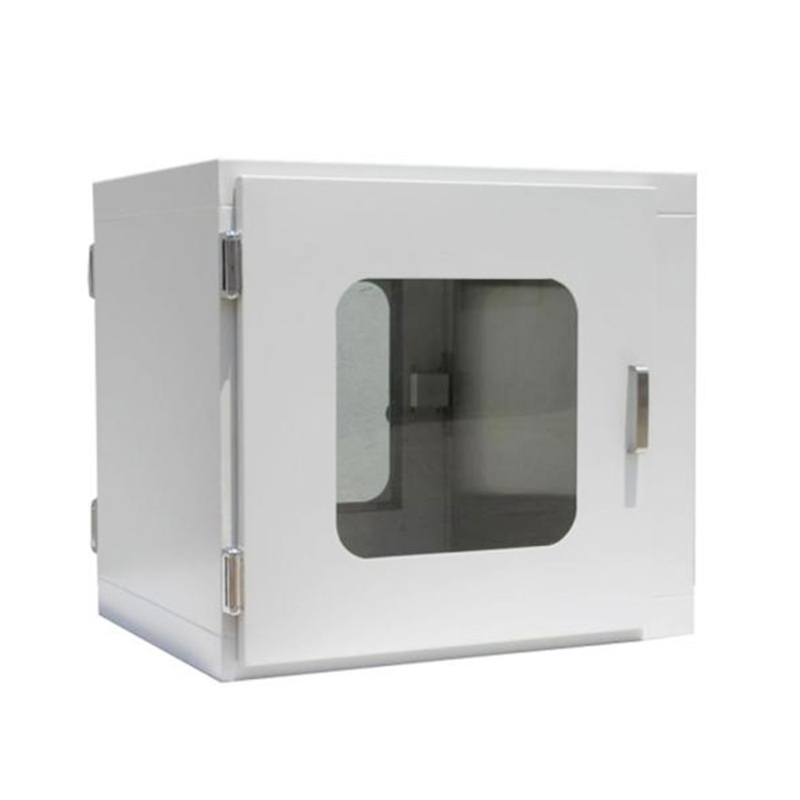

Cleanroom air showers and pass boxes are a key part of […]
Cleanroom air showers and pass boxes are a key part of any facility’s cleanroom infrastructure. They reduce contamination load on the main filtration system by blowing high-velocity jets of HEPA-filtered air over the people entering the room and products they carry. The process is fast, easy to use and eliminates the need for cleaning the cleanroom itself, which can increase energy savings.
Depending on the industry, designs can range from single batch systems with one person using the shower at a time to tunnels for larger groups to pass through quickly. Modular designs allow cleanroom entry systems to accommodate specific industry requirements and to meet changing number of employees.
Air showers typically have two sets of filters: a pre-filter to catch the bulk of particulates and a HEPA filter for removal of particles that enter the system. Both sets can be changed regularly for cost-effective maintenance.
The power and capacity of an air shower’s nozzles determine its effectiveness at dislodging contaminants. The higher the velocity of the nozzles, the faster contaminants are dislodged. Capacity is also important, as more air volume means faster airflow through the nozzles and into the recirculating system.

A cleanroom air shower’s internal chamber or tunnel uses a self-contained motor and blower to direct clean air through a series of nozzles over the personnel and parts entering the unit, dislodging surface particulates in the process. The air exits the system through a closed-loop recirculating exhaust and is then removed from the building via vents and wall plenums.
An air shower’s recirculating air filtration systems include two sets of filters: a pre-filter for the majority of particulates and a high-capacity, 99%-efficient HEPA filter for the remaining particles. Both sets of filters can be changed regularly for cost-effective maintenance.
For decontamination purposes, air showers can be configured with ultraviolet light for quick, effective disinfection. UV light sterilizes the air by killing bacteria, reducing microbial growth and decreasing the odors associated with germs.
The air shower process can be used to treat a variety of materials, including microelectronics, LCD and optics displays, PCBs, plastics, aseptic packaging and medical devices. This type of decontamination process can help prevent product defects and increase production yields, as well as minimize maintenance costs for the recirculating system.
It can also be used to prepare materials for transfer into a cleanroom. This includes cleaning, sanitizing and re-wrapping materials before they enter the cleanroom.
As the materials are pushed into the air shower, a number of adjustable, precisely placed nozzles blast the materials with high-velocity streams of HEPA-filtered air. As the material is “scrubbed” by the accelerated air, it dislodges loose surface particles and dirt, reducing the likelihood of contamination from a worker’s clothing or products.
Air showers have dual doors, which cannot be opened at the same time. When one door is opened, the other door’s magnet energizes to prevent it from being opened until the cycle is complete.
Our new models offer superb design;competitive prices and their new features give them distinct advantages over similar products from other manufacturers.